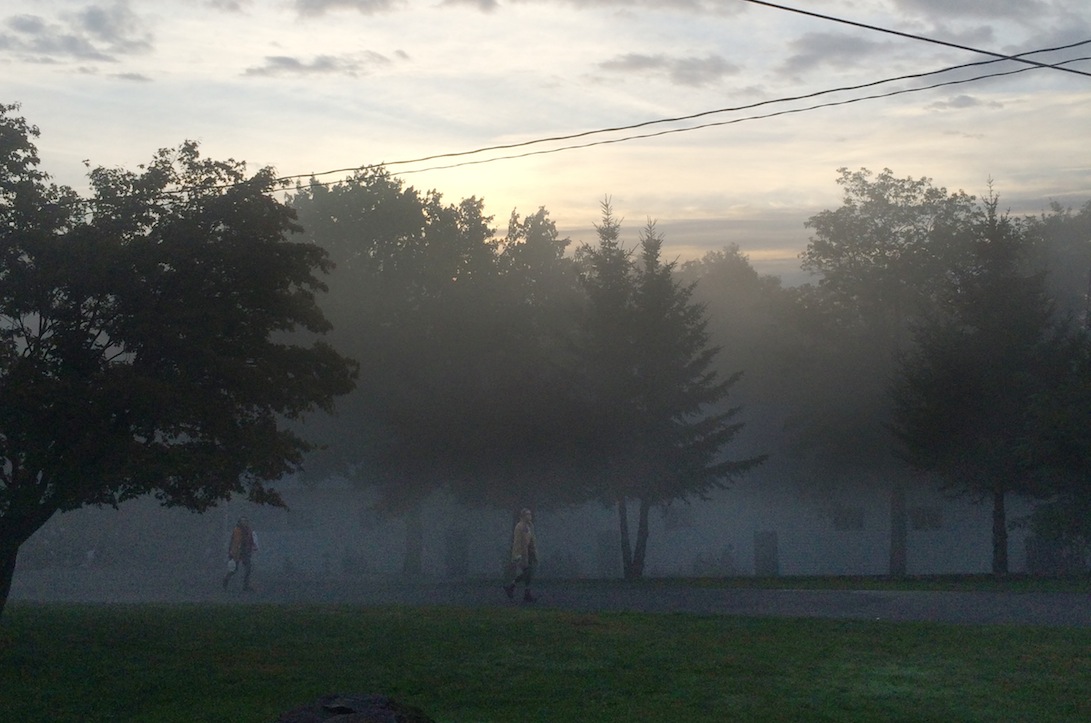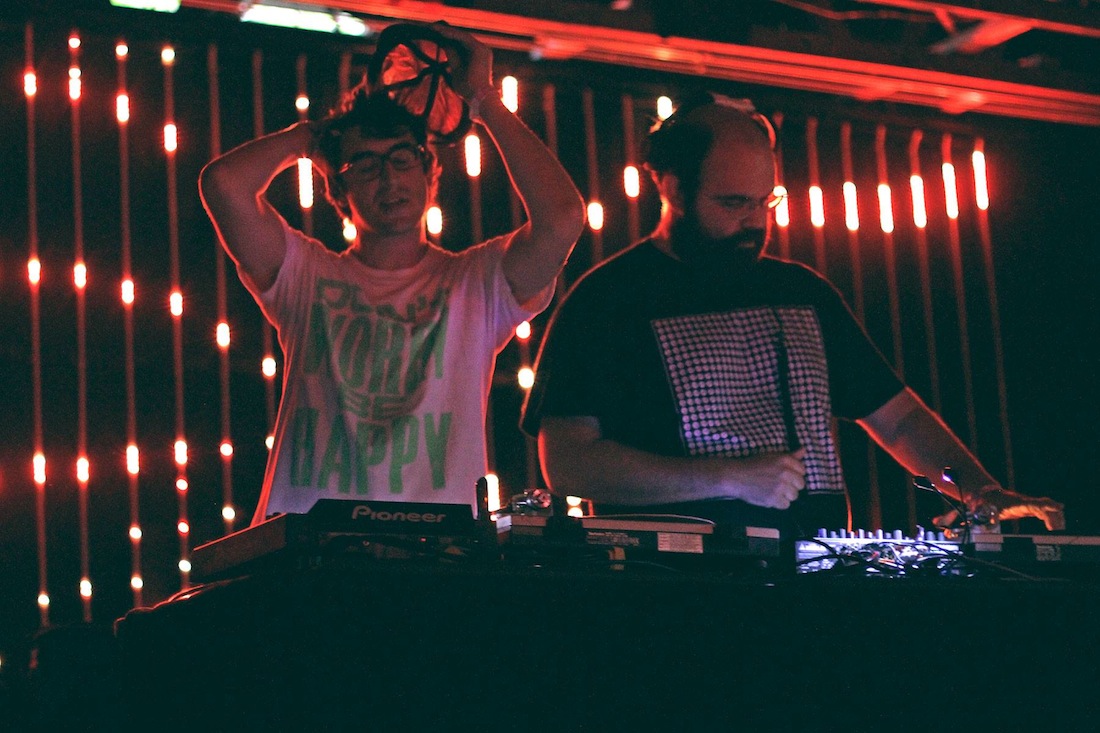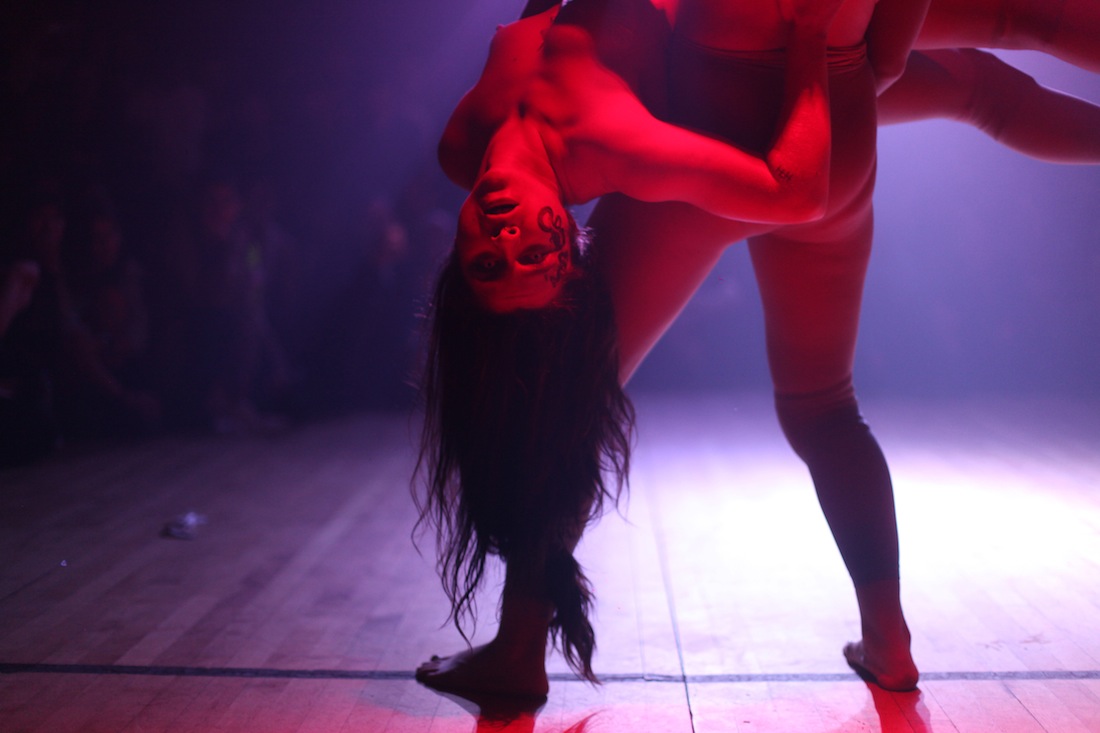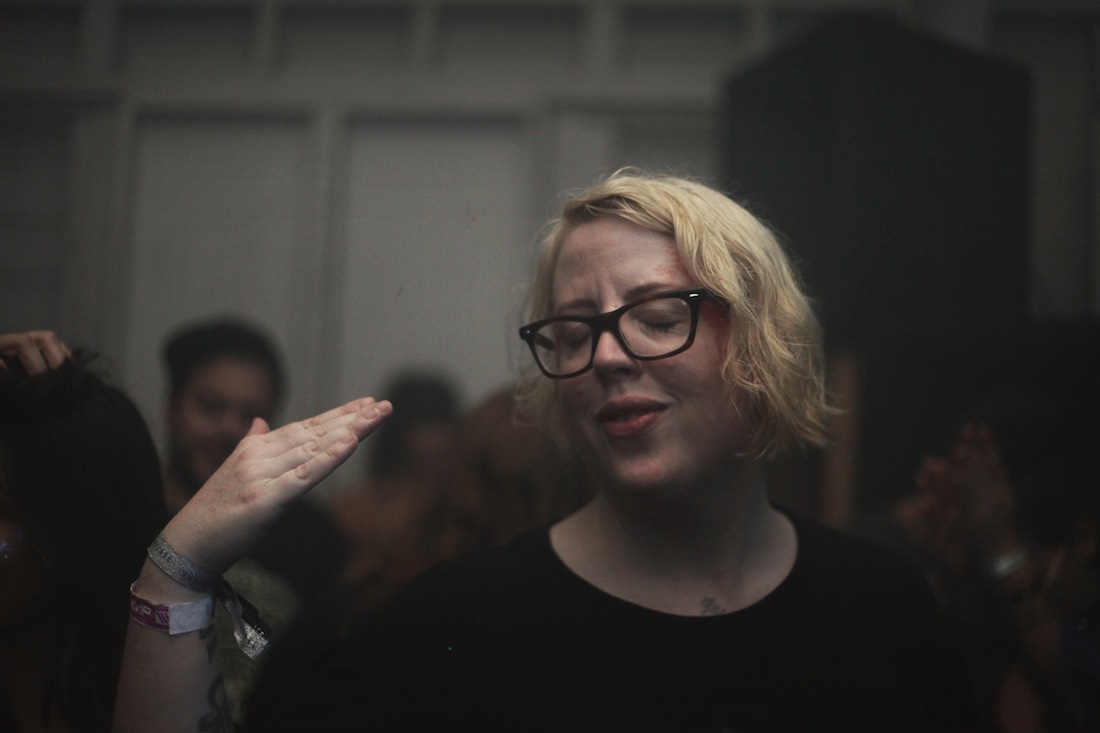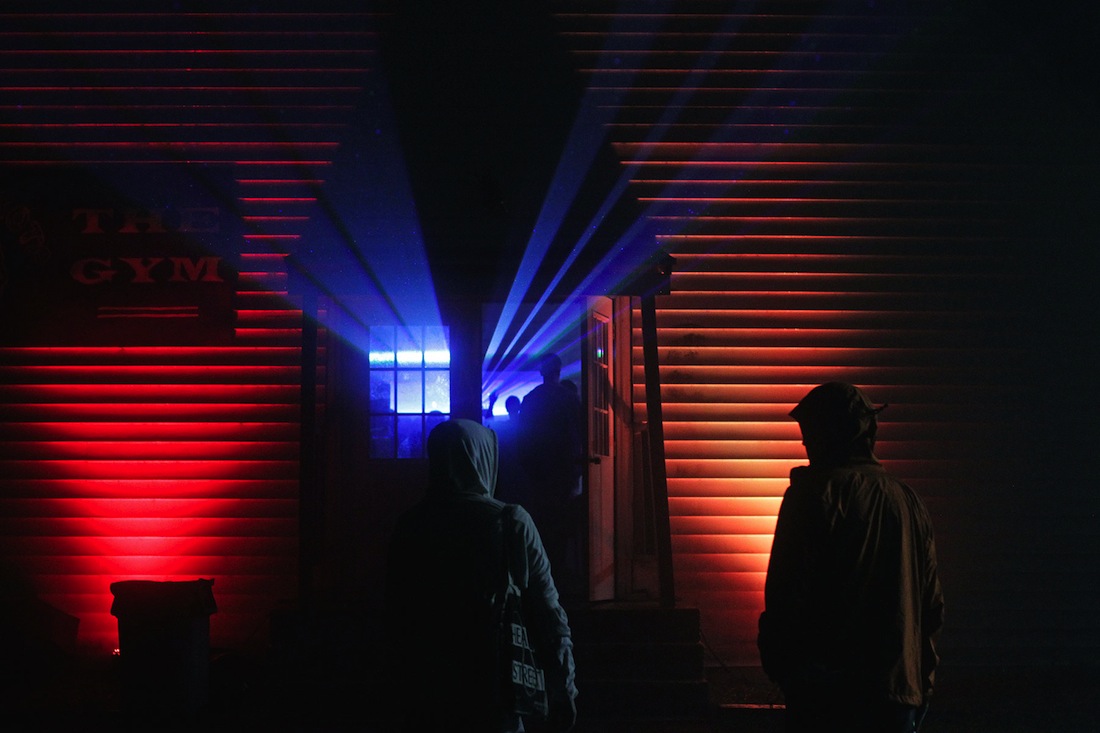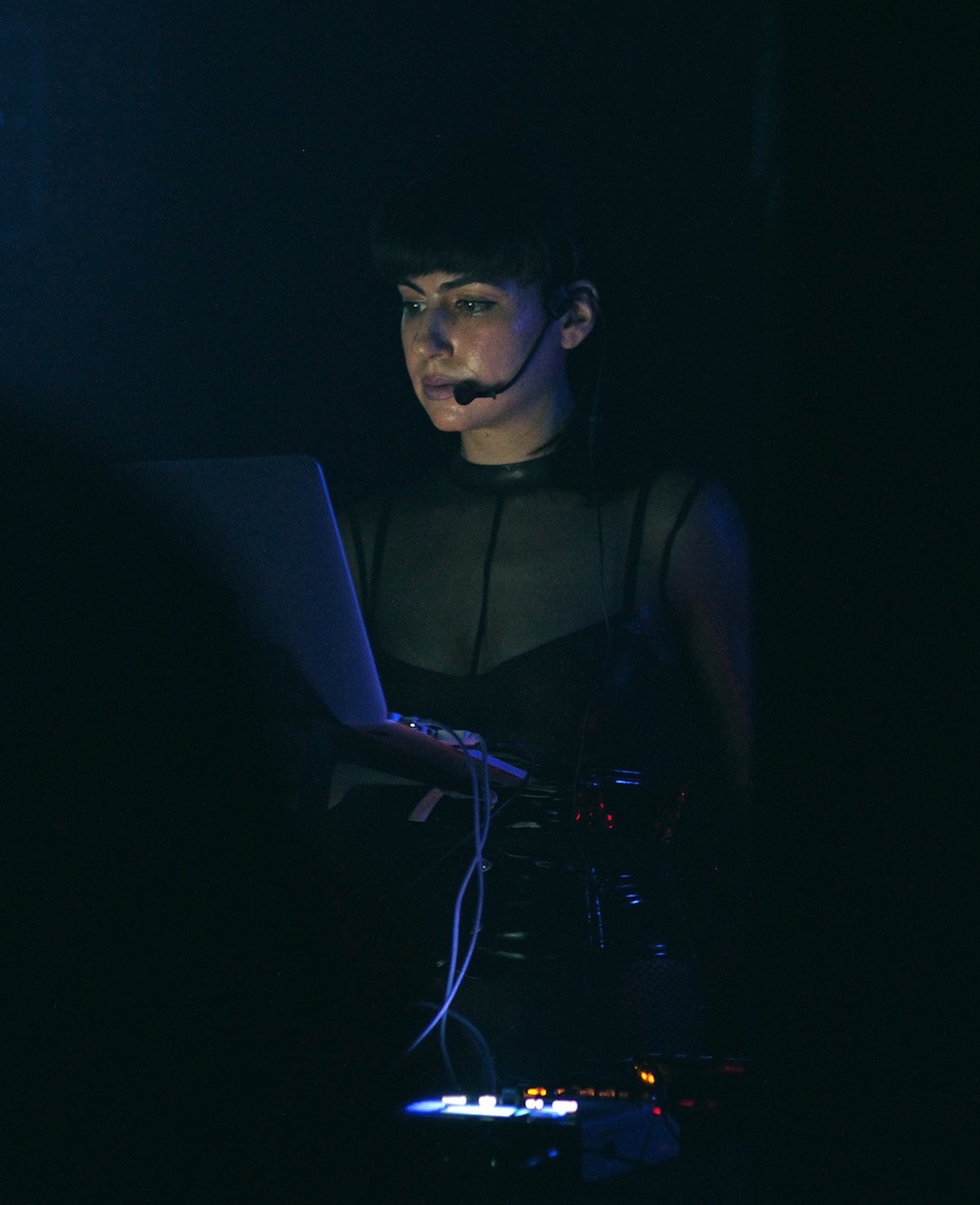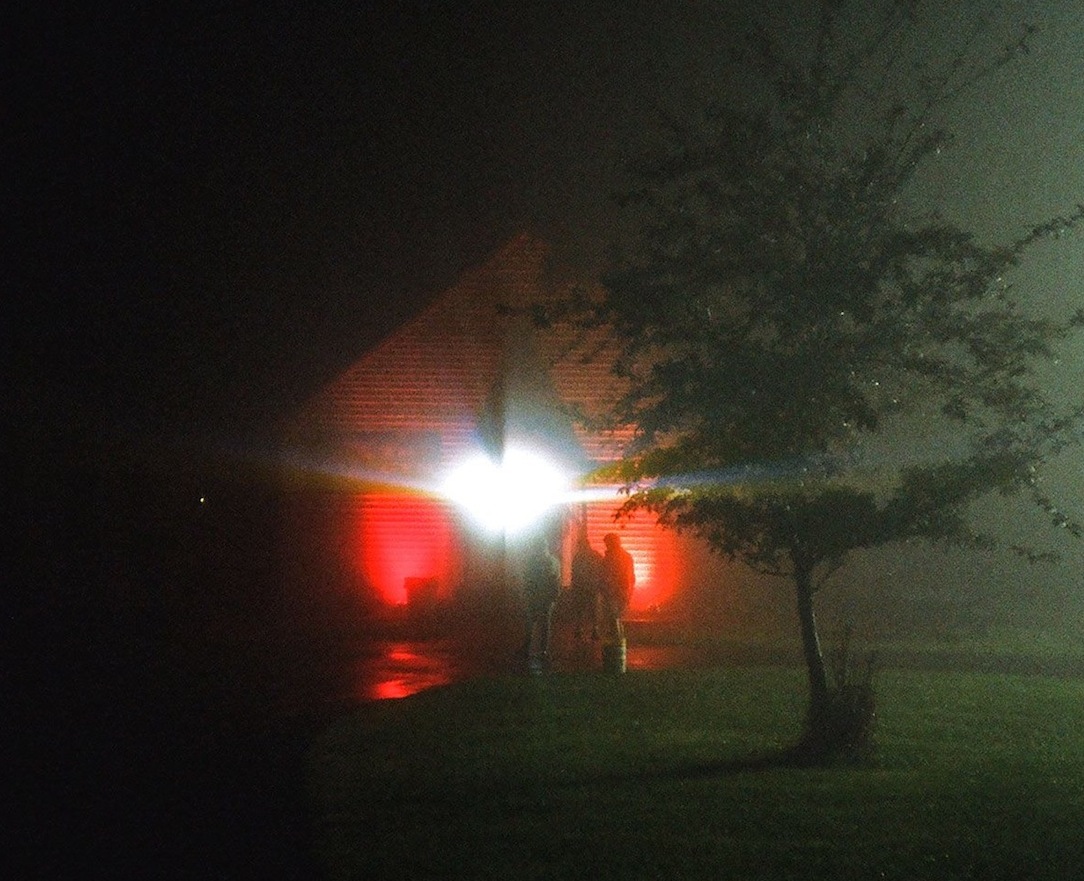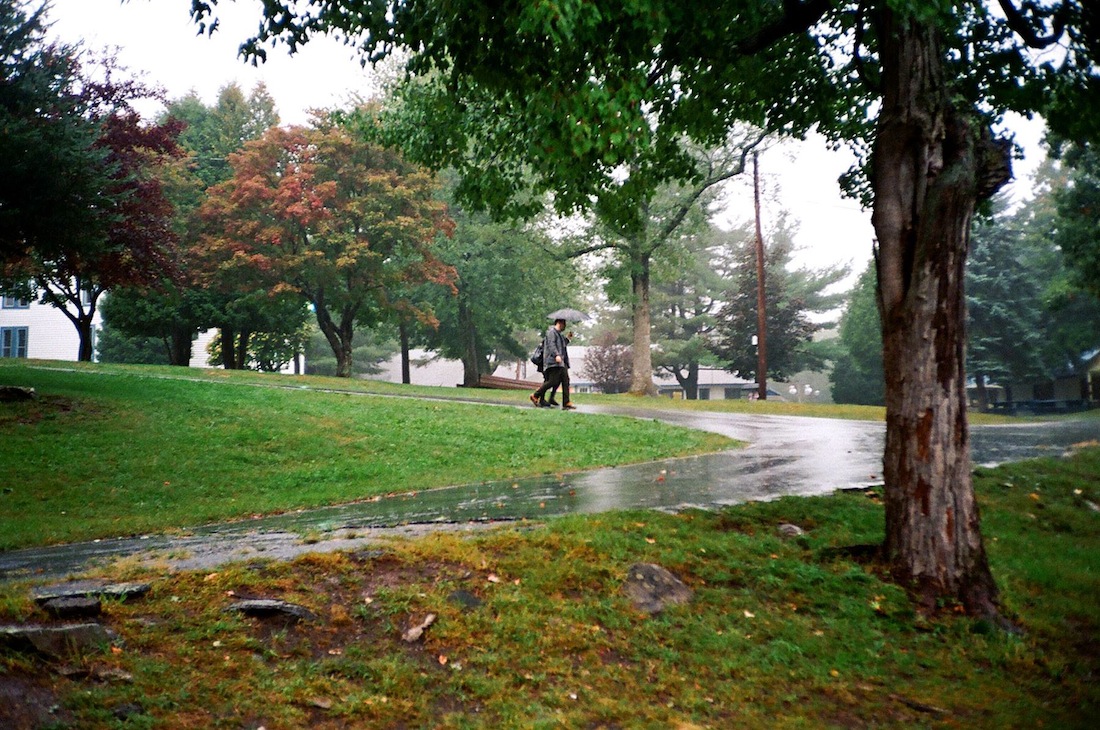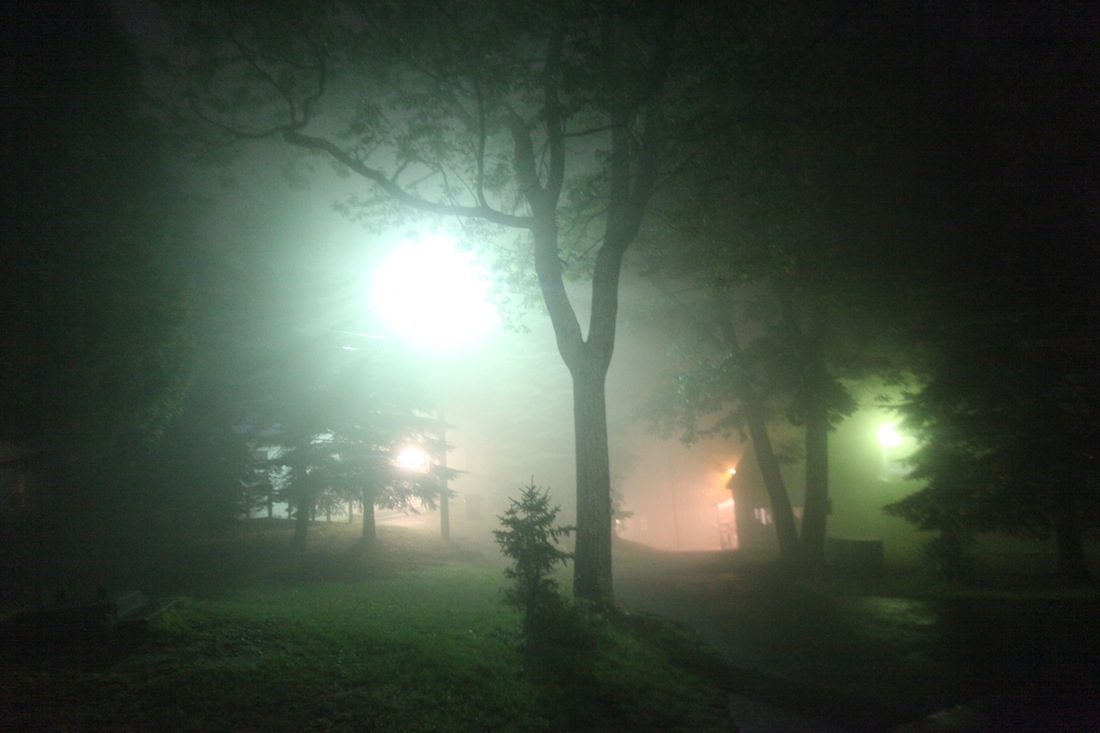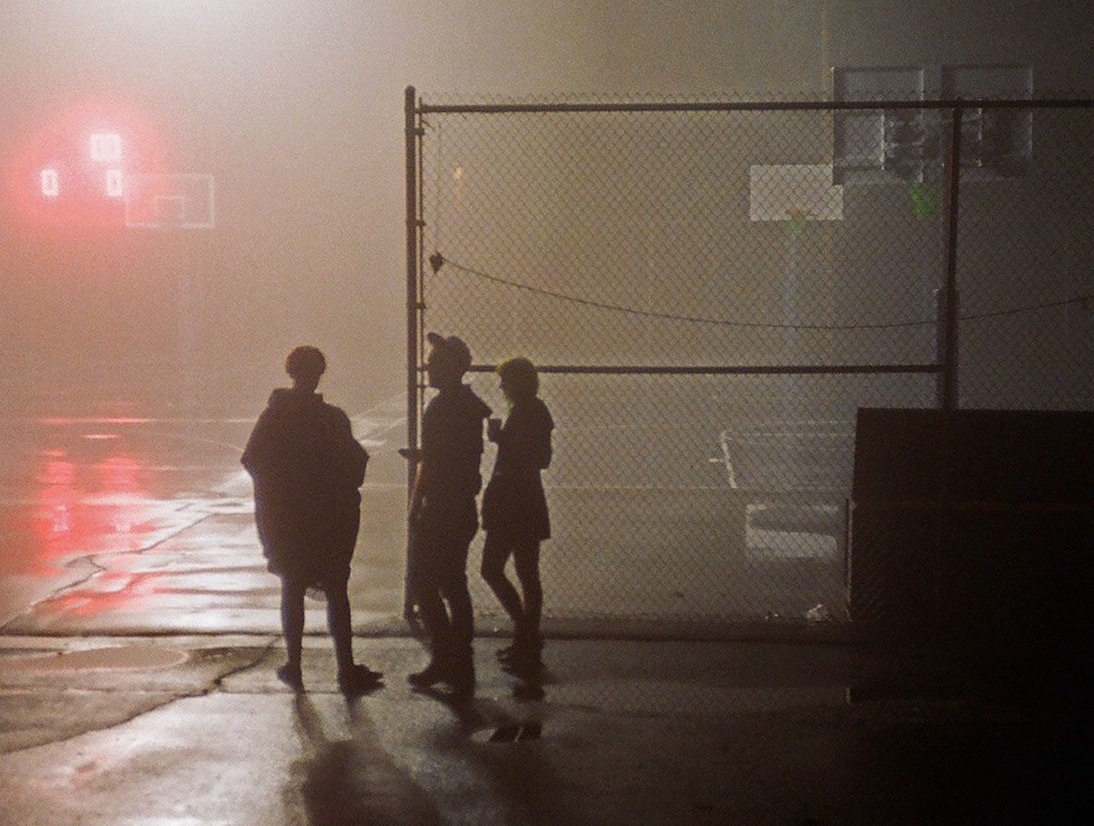Happy Campers: Seven Takeaways from the Sustain-Release festival
The S-R crew heads to the hills for the even't second annual installment.
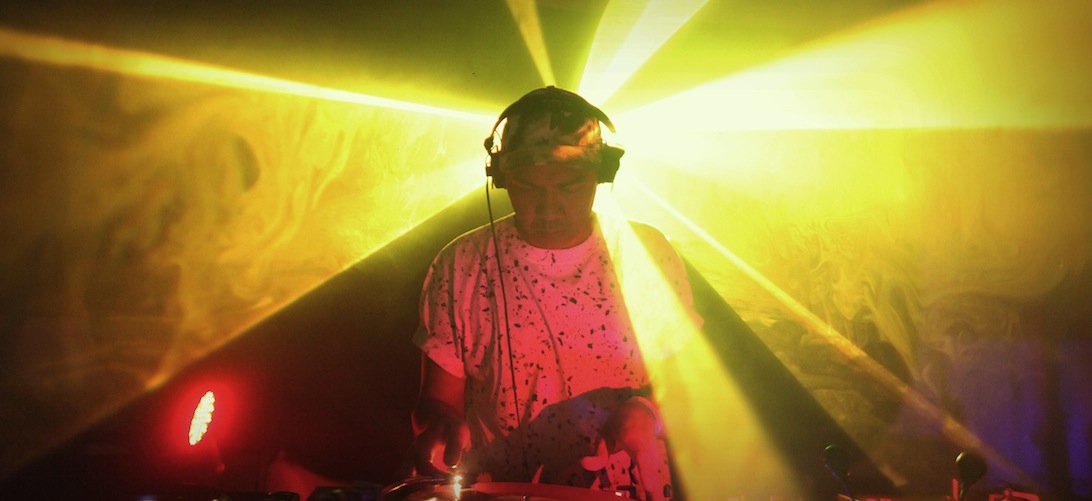
When a friend tells you that something is the absolute best thing ever, you have to take it with a grain of salt. Perhaps the enthusiasm comes from self-interest (“Come to my party—it”ll be the most fun ever!”); maybe the fervor is a weird form of self-affirmation (“I just had the best meal ever, and it makes me so cool!); or, possibly, the person is just the over-excitable type, naturally prone to hyperbole. And “best” is subjective, anyway—who’s to say that Wayne’Swirled is better than Two Wild & Crazy Pies, anyway? (Though obviously, in this case, it’s the former.) So when multiple acquaintances returned from last summer’s premier edition of Sustain-Release—the weekend long mini-festival held at Camp Lakota, just outside the rural village of Wurtsboro in New York’s Catskills—we were a bit dubious. Sure, the 2014 gathering had a fab, progressive-leaning (in the good sense) lineup that included the likes of Rrose, Xosar, Blondes, Joey Anderson, Mike Servito and Jus-Ed—still, the assumption was that everyone was just on a bit of a post-festival buzz, and once reality set it, you’d start to hear about everything that was wrong with the weekend.
But that never happened, with the exception of a bit of grumbling about the occasional bout of chilly drizzle—and our curiosity was piqued, so on Friday, September 11, we made the two-hour trip to trip north from NYC with a shuttle-busload of (literally) happy campers for a weekend spent with the likes of Anthony Parasole, Bu-Mako Recording’s Jenifa Mayanja, Minimal Wave’s Veronica Vasicka, Galcher Lustwerk, the Black Madonna, Jamal “Hieroglyphic Being” Moss and Daniel “Ital” Martin-McCormick in their Interplanetary Prophets guise, and returning players like Servito and Jus-Ed. (Peruse the full line-up here.)
Great intentions count for a lot.
Producer and visual artist Aurora Halal (the force behind Mutual Dreaming) and music journalist Zara Wladawsky (who doubles as the house and techno buyer at New York vinyl emporium Halcyon) are the co-creators of Sustain-Release—so who better to weigh in on the aims of the little festi…oh, wait, we’d better not call it that.
Halal: Festival culture is not something I’m influenced by or wanting to create. I’m inspired by what I’ve been working on with Mutual Dreaming, and by the Music Box,the Loft, Berghain, etc. S-R is really just a fully immersive, site-specific party, where nature plays as much a part as the music does.
Wladawsky: Definitely. I’d also call it a pure music experience, rooted in community and empowerment. Optimo, Süd Electronic and Freerotation were my biggest influences growing up and going out…they were all this and more. Hopefully it inspires people to take some of the positivity they experienced over the weekend and keep it with them in their daily life like my pivotal experiences at parties have.
Both: For the two editions, we weren’t concerned with programming for draw. As a guideline, we book exactly what we want to hear/see, and that’s all that matters. However we included wider horizons this year, like the dub of Blazer Sound System, disco of Black Madonna, the twisted ambient of 51717 and eclecticism of Matt Werth, and included a peak time performance on the middle of the dancefloor by FlucT.
[Note: We’re not normally fans of performance-art/modern-dance interludes in the middle of a techno party…but FlucT were pretty amazing.]
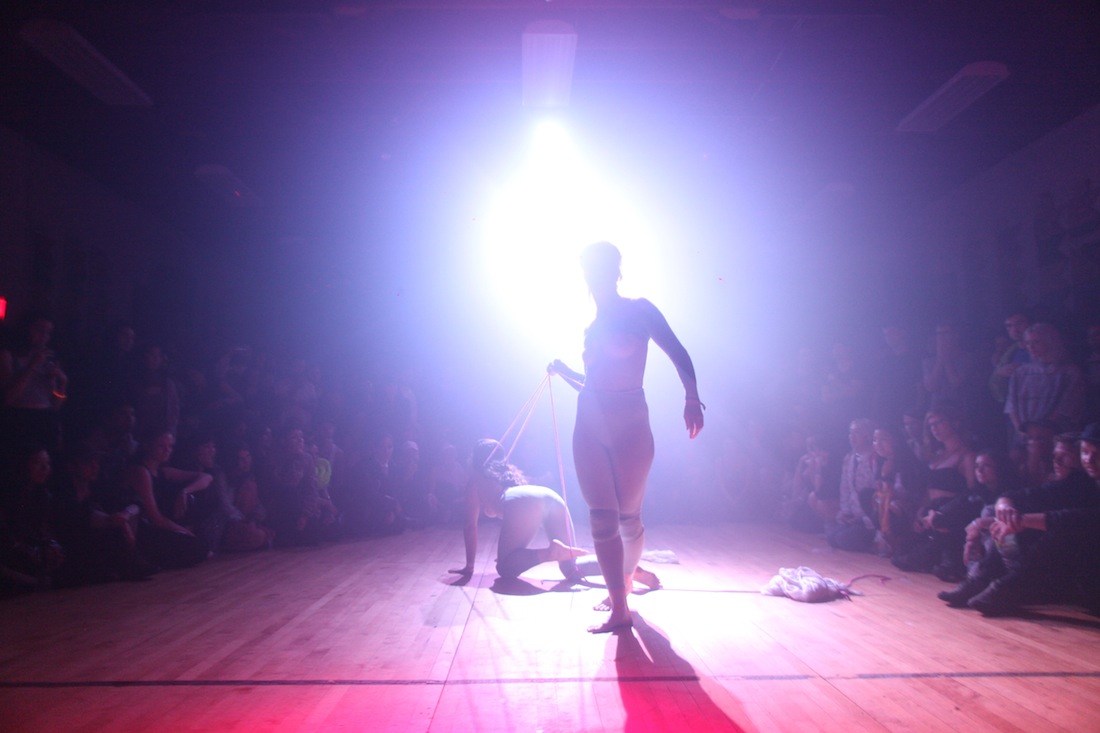
Both: Friday’s main stage was a deep dive into warm grooves, Saturday main stage was a vortex of techno madness, and the Bossa stage was a platform for complementary experimental excursions all weekend.
S-R’s Year 2 lineup was again envisioned as an American force to be reckoned with, focusing on and giving a platform to new movements here in the States, rather than tried and true or legacy acts. We also invited some of our favorite artists from further afield like Kassem Mosse and Paula Temple. At the end of day, we, as friends, naturally talk about music that we’re into when we hang out so it all falls together naturally. We take such pleasure in booking the artists and making the schedule as a two-day journey. Onwards, Year Three!
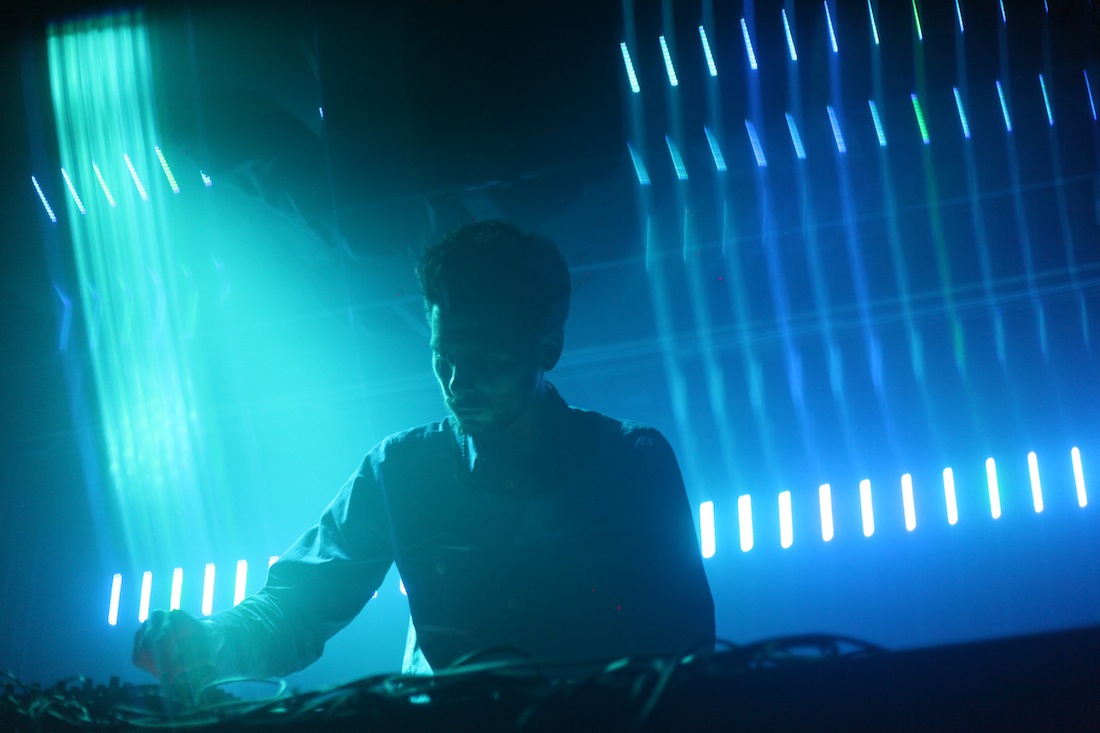
Smaller is better.
Yes, some people actually do seem to prefer to be packed into a raging crowed of thousands, jostled this way and that as their lower extremities get soaked in beer and Red Bull—but we’re not among them. Neither, we suspect, are most of the people who attended Sustain-Release. Last year’s installment was limited to about 500 music lovers—we’d guess this year boasted a couple of hundred more invitees. And we say “invitees,” we mean it—attendance is pretty much limited to invited guests and their invited guests, which, if nothing else, assured Sustain-Release of a real friends-and-family vibe. Those who didn’t know each other soon did—and that includes the artists as well. There was none of the our-gang-versus-everyone-else mentality that can be inherent to large gatherings, and the DJs, small staff and crowd were in it together—at the risk of sounding hippy-dippy, it was all a bit peace-and-love. Which, considering most everyone there was from NYC—not exactly a “Kumbaya” kind of town—was kind of refreshing.
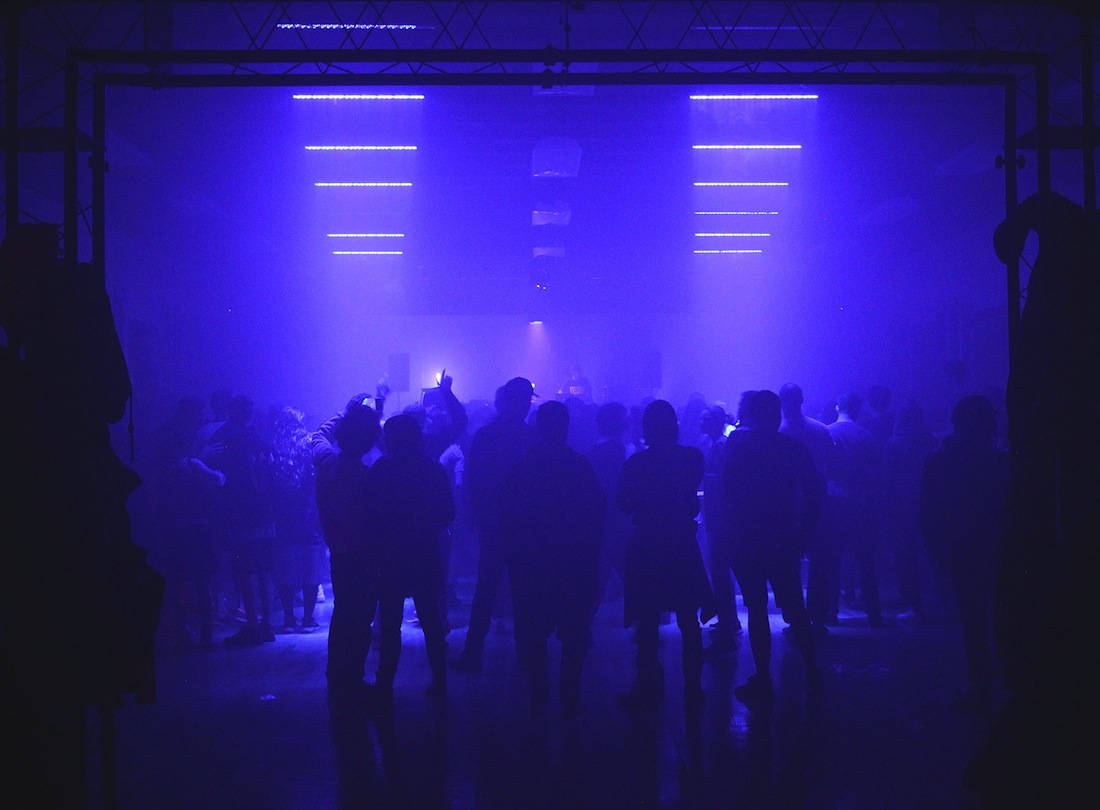
Holding a festival at a summer camp is a stroke of genius.
Cabins! Trees! Tents! A pool! A lake! A basketball court! An amiably slow mess-hall staff! Camp Lakota is an actual, real-deal summer camp for most of the warmer months, and if you’ve ever spent time in one while in middle school…well, they haven’t changed much at all—it was a bit ramshackle, but utterly charming. Everybody’s sleeping quarters were within stumbling distance of each other, and the two stages—the main house-and-techno stage, which looked to be a gym-auditorium combination, and the smaller Bossa Nova Civic Club room, dedicated (with a few exceptions) to more experimental sounds—necessitated a mere five-minute jaunt through a wooded, fairy-light-illuminated pathway. “We didn’t intend on it being held at a summer camp,” Halal and Wladawsky admit, “but now we couldn’t imagine it any other way.” Neither can we.
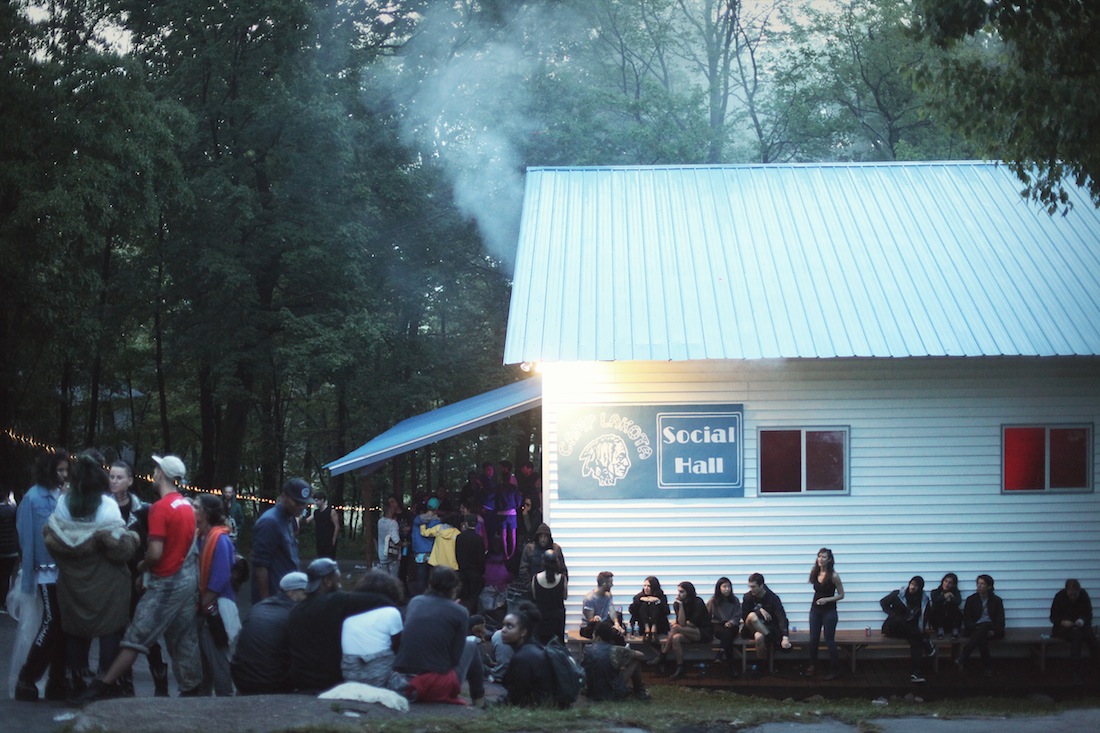
All the DJs and performers were great—but the Black Madonna and Mike Servito are at the top of their respective games.
We’ve loved the Black Madonna and Mike Servito for a while now—both have long been considered “DJ’s DJs”—but judging by their respective sets at Sustain Release, the two have acquired clubland superpowers over the past year or so. Servito’s closing set in the Bossa Room was a big, bold and ballsy jackfest—and the Black Madonna? Well, anyone who can squeeze in versions of Devo’s “Jocko Homo,” Sylvester’s “”You Make Me Feel (Mighty Real)” and A Number Of Names’ “Sharevari” into a set is totally okay with us. Ms. Madonna herself has a theory about why both of the spinners have been so good lately: “I was playing a show in New York,” she says, “and a friend of mine said that he could tell I had been touring. I asked what he meant. He said it had sharpened me technically to such a degree that he could see and hear a big difference in the way I played over the course of a year. I never really thought about that, but when I saw Mike Servito play at Sustain, I knew exactly what my friend meant. Servito has always been amazing, but the pressure and repetition of touring is sharpening him like a knife. A very, very bad-ass knife.”
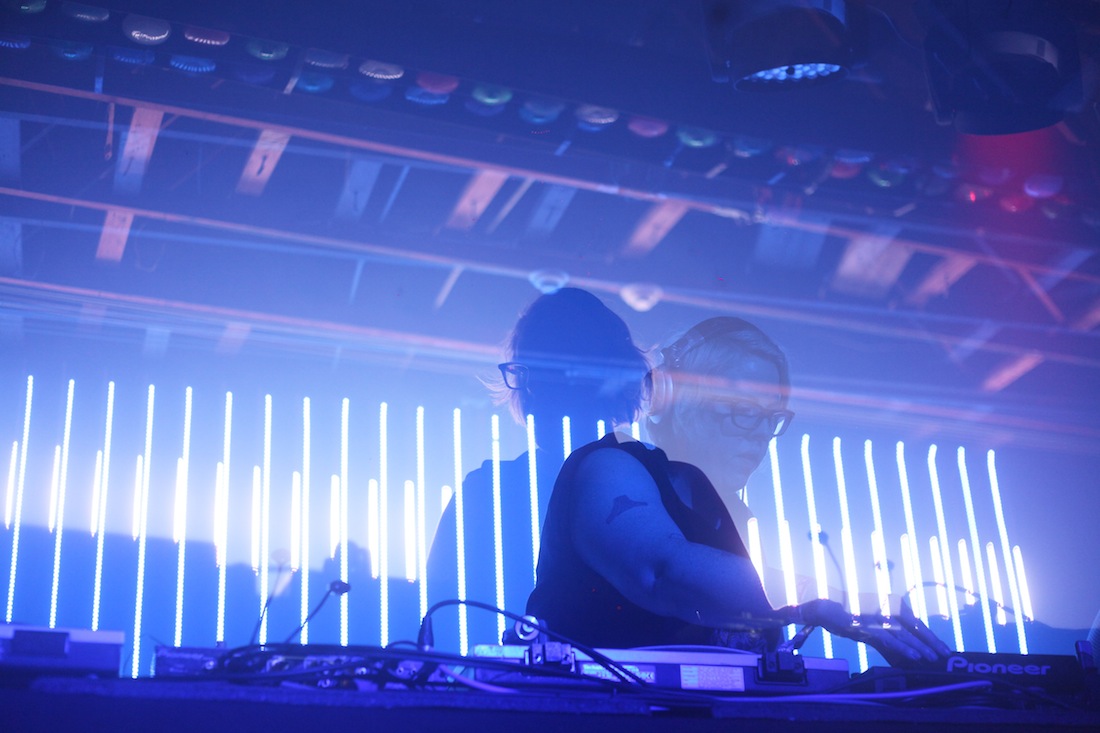
Rain and Sustain-Release don’t really mix. But the combination isn’t the end of the world, either.
Saturday afternoon was slated to be spent in the great outdoors, with a basketball tournament, pool party (with Blazer Sound System, Beautiful Swimmers and RVNG‘s Matt Werth on the decks), and a lakeside billed as the main attractions. Mother Nature had different plans: What started as a gentle noon sprinkle quickly devolved into a full-scale downpour, which quickly put the kibosh on everyone’s open-air plans. The DJs did get to play, albeit within the darkened confines of the main room—and frankly, that was nowhere as fun as a poolside bash would have been, though it was nice to hear lots of dubbed-out reggae classics over the more-than-capable system.
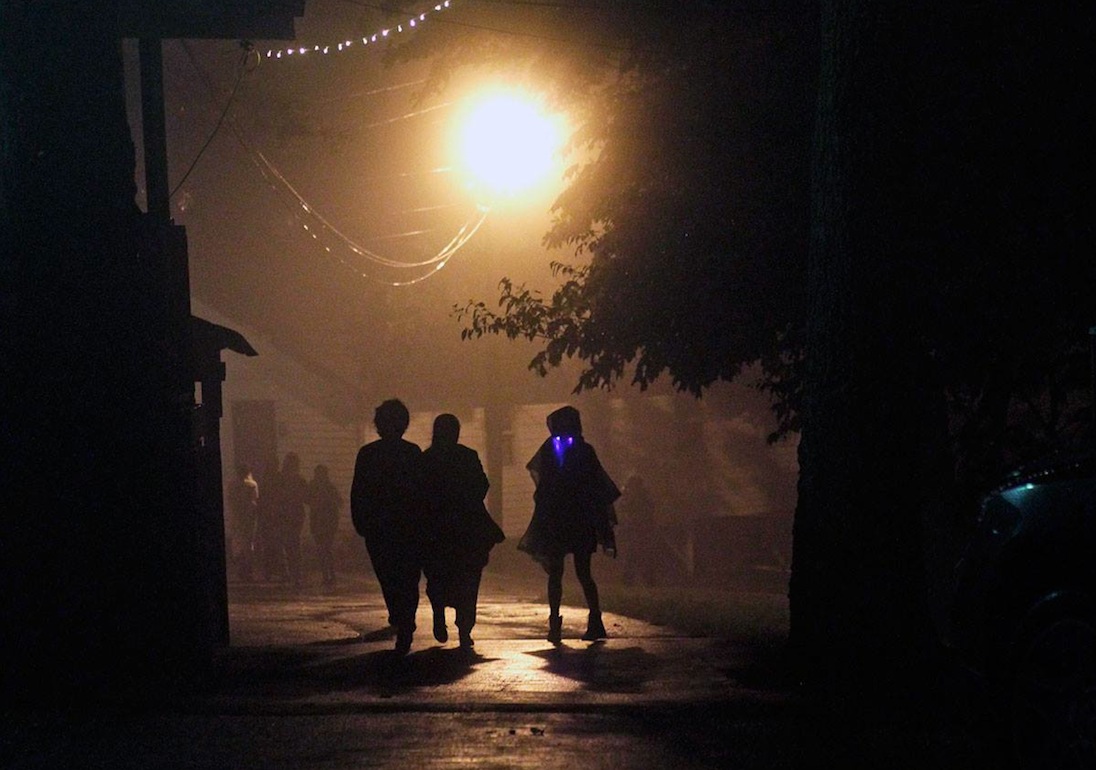
But what might have been a disaster actually proved to be a great side effect: We (and a lot of other people) basically spent the day sloshing from cabin to tent to tent to cabin, socializing with old pals and making lots of new ones. It was a day of low-key, down-home fun, and was a great set-up to the night that followed. The rain continued well into the evening, which unfortunately meant a bit less traveling between the main stage and the Bossa room. We made the former our home base for the night, which meant we missed sets from the Long Count Cycle, Terekke, and Aurora Halal herself—along with what was, from all reports, a mind-boggling closing session from Galcher Lustwerk. On the plus side, we caught Gunnar Haslam, Veronica Vasicka, Paula Temple and Anthony Parasole (more on that below).

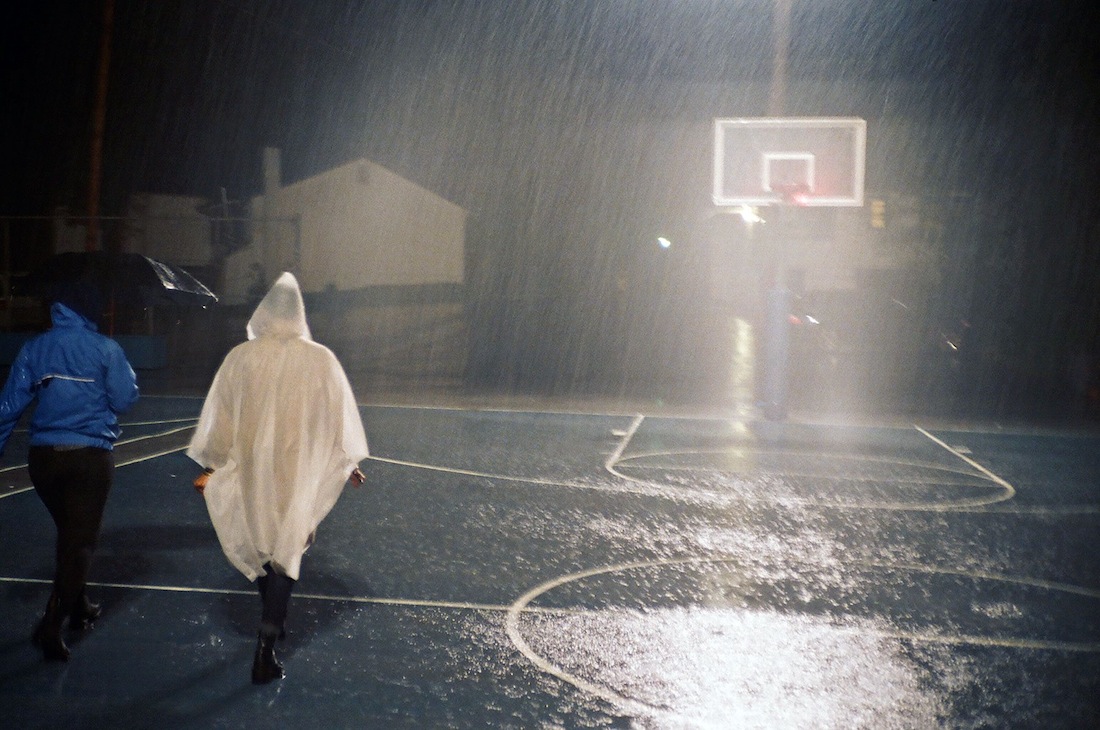
Hours of great techno can mess with your mind (in a good way).
Admittedly, the long, lazy afternoon and the simple-yet-highly-effective lighting (courtesy of Nitemind) probably had something to do with this—but still, you can’t underestimate that power that music holds as a sensory-altering force. We missed Daniele Cosmo‘s opening set, but were surprised, pleasantly so, to find Gunnar Haslam laying down some rough-and-tumble techno upon our arrival—a much tougher sound than we expected from the artist, who we’ve always thought of as a more headphone-friendly kind of producer. (Not that there’s anything wrong with that!). Next came Vasicka, who’s always good for a bit of jacking fun, whether in her synthy Minimal Wave mode or more in line with the Chicago drum-machine attack of her Cititrax style—and on this occasion, we got a bit of each. Then the real fun began— Temple amazed with her set of intense, crunchy floor-manglers (it’s not for nothing that she gives her own songs names like “Deathvox” and “Monstro“); we missed her well-received set at this year’s Movement festival, but by all accounts, this one was just as majestic. And then it was time for Parasole, who was in full Parasole mode: track after track of driving rhythms, tough as nails but delivered with Brooklyn native’s deft touch. And those tracks were working their magic, as this reporter’s head was pleasantly swimming (though numerous rum and Club Mates might have played a role in that feeling).
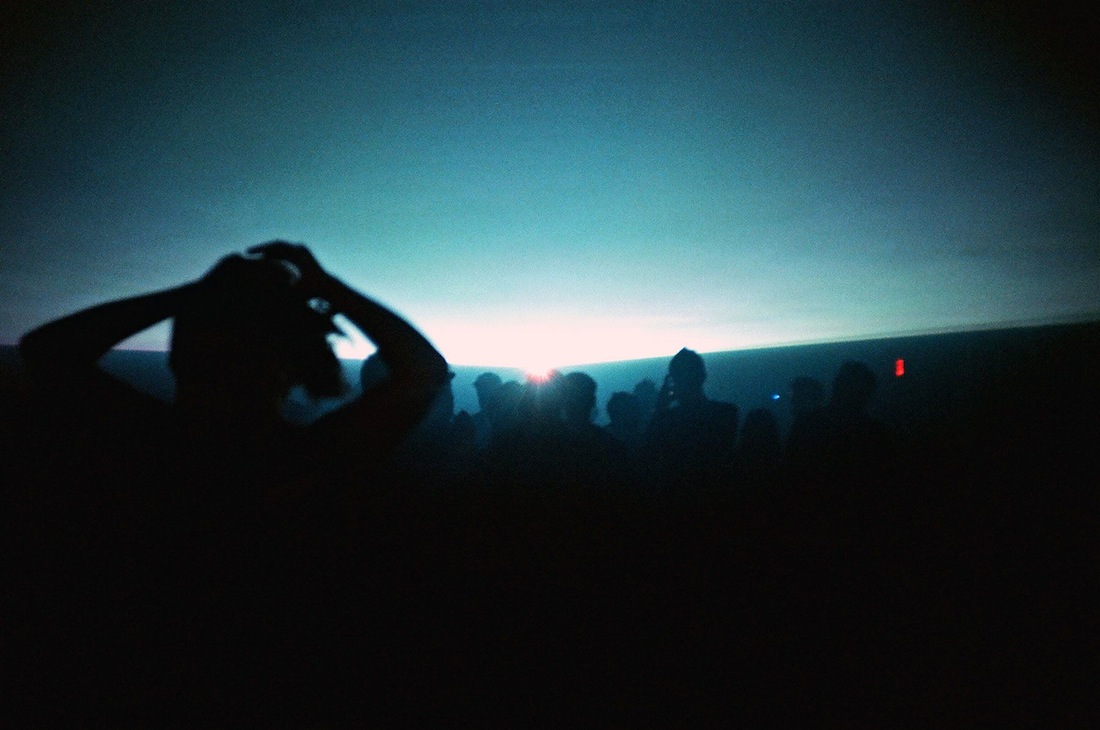
Finally, as the sun broke through the clouds, Parasole switched gears: We remember St. Germain’s “Rose Rouge” and a remix of Blaze’s “Lovelee Dae” (we heard that classic a few times over the course of the weekend)—and finally, Prince, Radiohead and Frank Sinatra’s “Fly Me To The Moon.” (!) The rain had finally ended; the hardier souls among the remaining crowd repaired to the lake, while the less hardcore (i.e., this writer) staggered off to the cabin for a few hours of shuteye, waking up just in time for the bus back to Bushwick. The next few nights were filled with dreams of swirling music and wide smiles. Not to oversell things…but Sustain-Release was probably the best time we’ve had all summer.
We’ll be back next next year.
Well, you would be back, too, wouldn’t you? But next time we’ll bring better rain boots with us.
